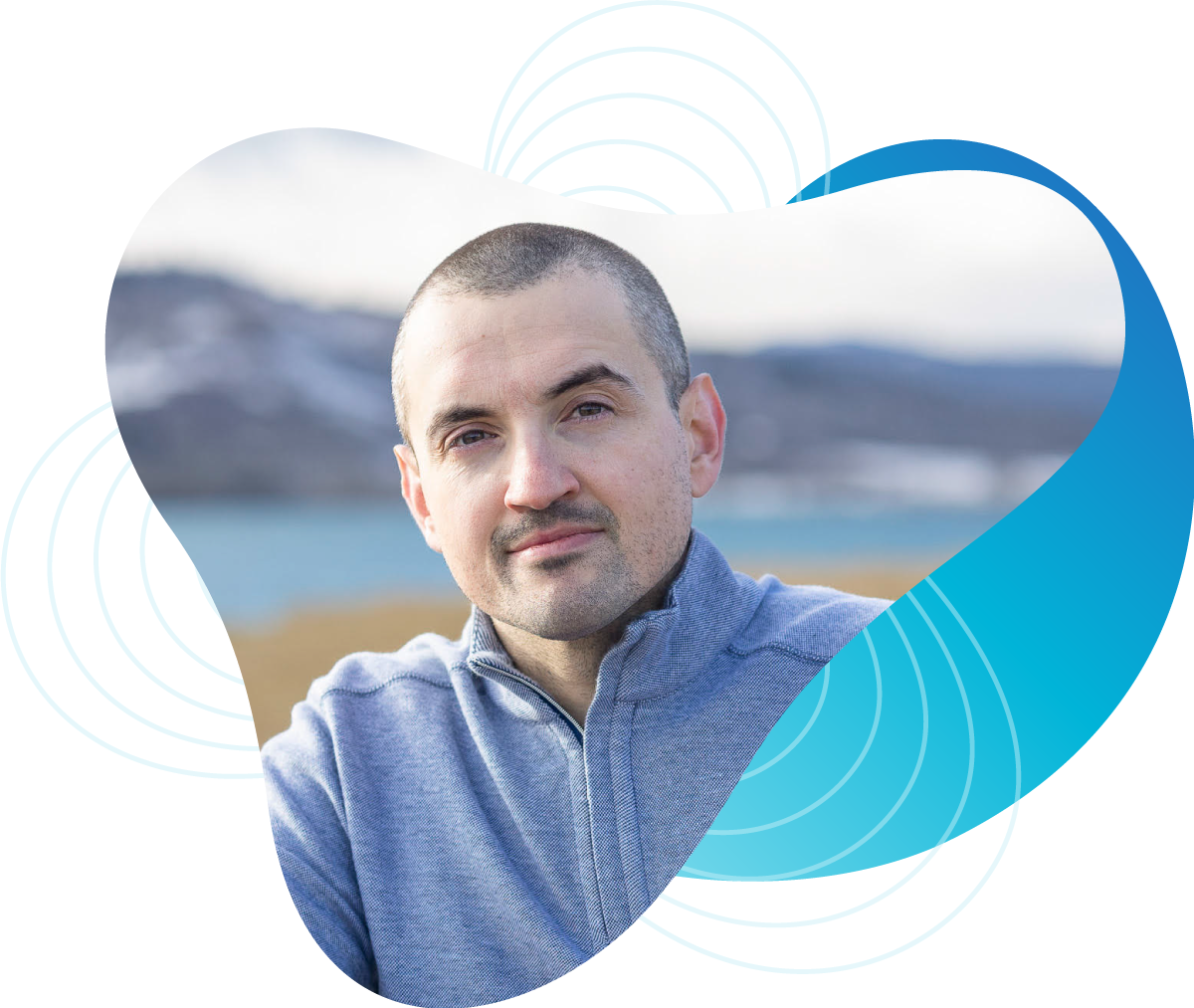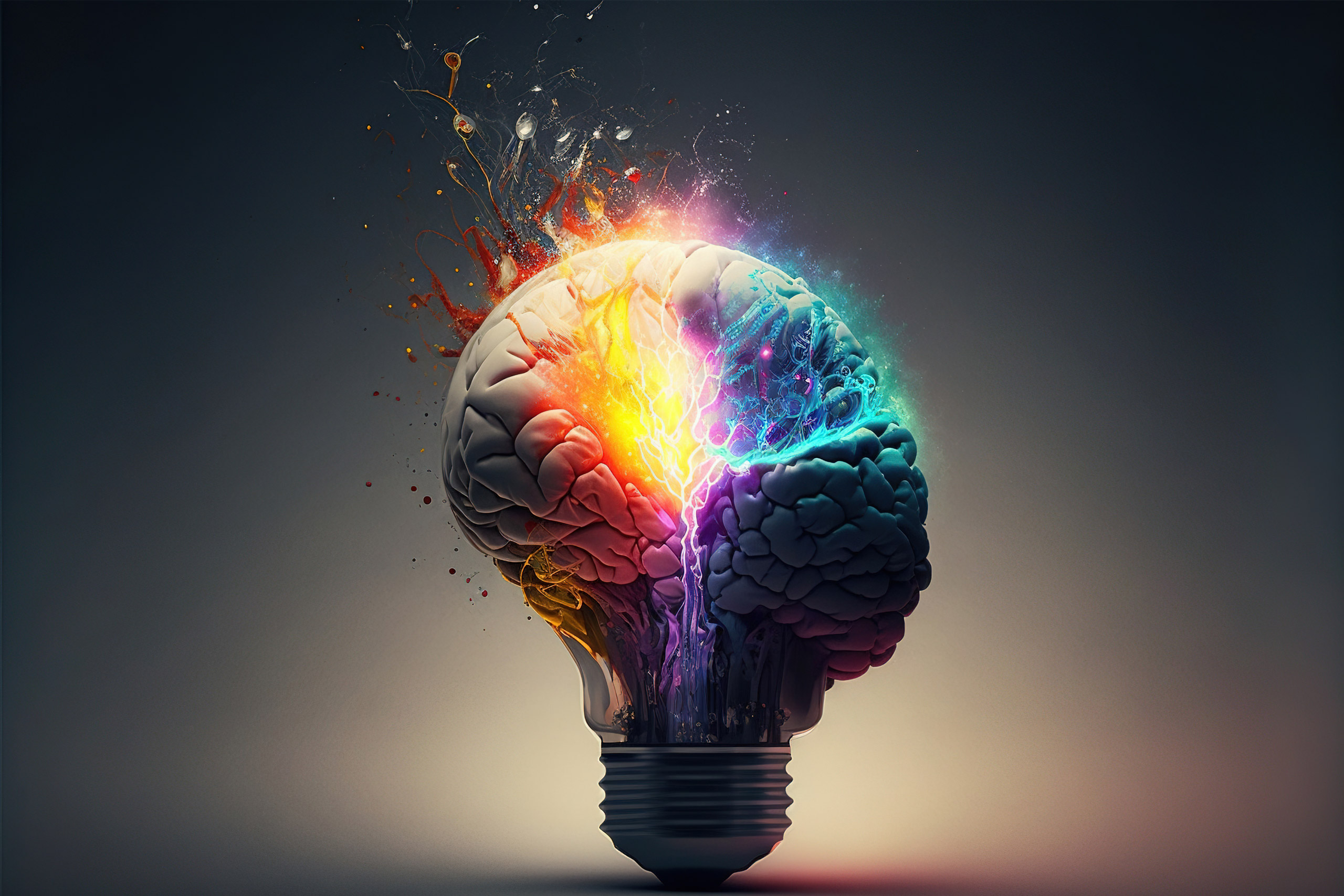Neuroplasticity and Me

Tudor Caliman, Registered Psychologist
Founder, Made in Thought Counselling Services

We are active participants & experts in this process
I am intrigued by how our tendency and quality of focus can influence the physical structure and development of our brain, as well as the quality of our life. There is a profound power in wiring and rewiring our brain in a lifelong cycle, which can reinforce or change established neural (nerve) networks through a process called neuroplasticity. If this concept sounds strange, intimidating, or something else, you are in good company. However, you are also an active participant and an expert in this process.
Do you have a routine or a habitual response? Have you ever learned a new skill, such as riding a bike? Then you have more than dabbled in this process of neuroplasticity.
What is Neuroplasticity?
This is a slice of a slice of a slice, etc., about an area that has been in the making for countless years, and where this forum would not be able to do it justice; nor fully satisfy our natural hunger to know the full story of a process that continuously unfolds and evolves both in understanding and in course.
So, what is neuroplasticity? It is the brain’s ability to adapt and respond to experiences, an electrochemical flow of information that uses energy to translate and represent a felt sense of our existence. The neural pathways that are pruned and connected by the vitality and intensity of this flow shape the way we experience life. Such energy cannot be created or destroyed; it can only be tapped and transformed into forms that can be consumed, processed, and utilized to power our reactions, actions, thoughts, and experiences. This movement is happening as you read these words. Thoughts are formed through filtering, encoding, and analyzing what is being sensed and perceived, which affects how attention and active neural networks light up your brain.
The Power That We Have
Neuroplasticity is not merely a theory; it is a movement fashioned by experiences and relationships and strengthened by its own momentum. It shapes and is shaped by the quality of our attention and sense of experience. This is the power that we possess – the power to change parts of our brain and to be moved by the ripples. Ripples that are shaped by both nature (where genes and possibility collide to spark life) and nurture (where environment, relationships, and experience sculpt the essence of life). We are rooted in neural networks that can form familiarity, and this familiarity can, in turn, form patterns and scripts that can construct habits and autopilots, which further form and shape the rootedness. This self-reinforcing cycle can profoundly influence our perceptions and embody the quality of our experience.
knowledge with belief
Neuroplasticity reflects not only how genes, knowledge, attention, relationships, and experience intermingle to shape, reshape, and change the physical structure of the brain but also the cradle of our beliefs. Knowledge without belief is mere information, more easily forgotten or replaced. Yet, knowledge with belief is infused with meaning, emotionally stamped, and more enduring. From this ground, confirmation bias is further sculpted as we interpret information through the prescriptive lenses of our existing beliefs, enriching certain plastic neural networks over others. Embedded in relational sways and environmental imprints, we construct our beliefs about who we are. And when asked to discover, uncover, and explore this sense of self, we often examine the labels, definitions, and scripts fashioned by our neural connections. Repetition exerts a powerful influence on our brains, transforming the electrochemical flow of information into habitual patterns, conditionings, and beliefs, and vice versa. With ample momentum, intensity, and frequency, structural changes occur that influence how we process information.
We are not our definitions or our labels
Whether we like it or not, we are more than just our definitions or labels. If we were just these things – these expressions of neural wirings and firings – then why do we have the capacity to modify the wirings and configure the connections within our neural networks, inspiring neuro-agility and movable mindsets? Authentic change does not happen through a handout, a book, or a blog. While these resources can add knowledge, carving new pathways requires our attention and awareness.
Remember, we are already active participants and experts in this process, which means we possess the necessary ingredients to fuel this movement.
These words simply serve to echo our ability to influence the quality of this movement. If we believe our thoughts are too scattered to actuate the attention and healthy actions necessary to mold this momentum, contemplate this: scattered thoughts are not necessarily unfocused, but rather unclear. There is focus, but the quality of that focus may not align with expectations or forecasts. How can scattered thoughts not be in focus if we are aware that they are scattered?
We are not mere leaves blowing in the winds of psychological storms, bound to experience familiar turbulence. We are awareness doused in the nectar of consciousness, influenced by the wiring of our neural networks and movements towards adaptation.
Food for thought
Since an epitome of neuroplasticity is plasticity, a question naturally arises – one that people have asked and pondered for ages, and one that you may have asked yourself at various times: Who am I?



